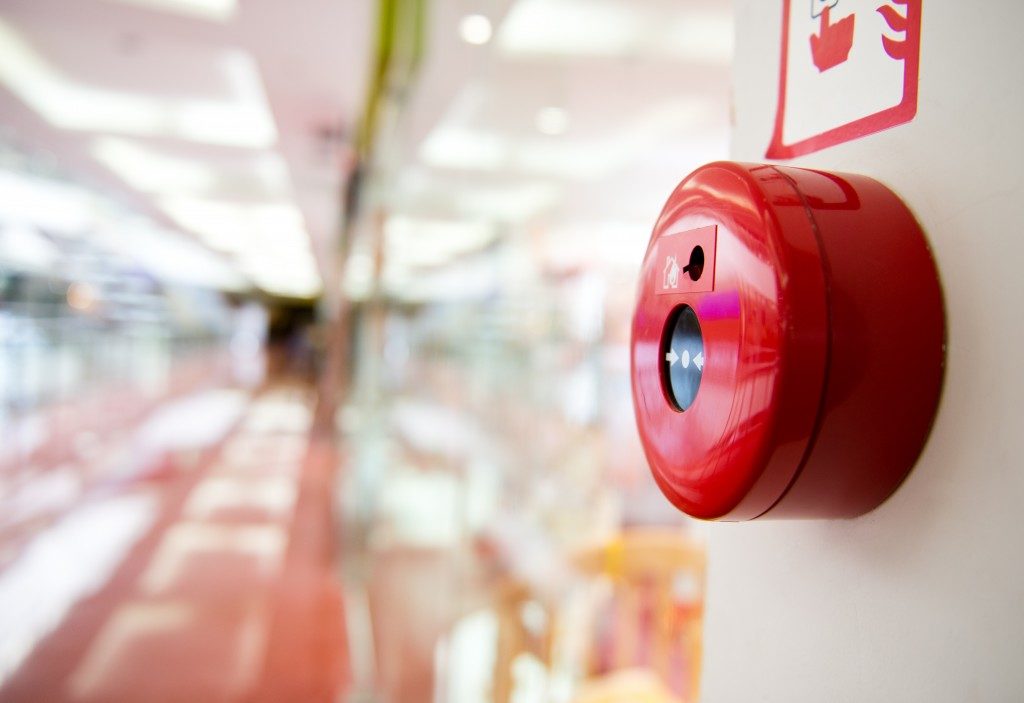Australia’s hot and dry climate is a source of frequent fires in the country. But while bushfires are more common, fires in buildings come a close second. Fire and Rescue NSW alone has reported 5,709 building fires in New South Wales from 2017 to 2018. Meanwhile, Queensland Fire and Emergency Services reported a 54.9 per cent rate of accidental residential fires per 10,000 households in the state.
There are a number of causes for these fires, from overcharged laptops and electrical faults in the office to burnt fat fires in the kitchen. Although insurance against fire gives some recompense, these mishaps can cause people to lose belongings, their property, or worse, their lives.
However, the risk from fires can be reduced with the correct preparation. Here are some ways to help protect your workplace from fire:
Implement an Emergency Preparation and Response Programme
A solid emergency programme not only identifies the right fire fighting equipment but looks at the layout to identify potential fire hazards to isolate or minimise the risk. Guidelines break down what employees should do, not only to prevent fire but also how to act during an emergency, with regular fire drills making evacuation familiar and orderly. Escape routes and assembly points need clear emergency signs. Fire doors provide a safe path to evacuees should a fire occur.
For bigger organisations, a safety committee provides guidelines and a focal point for fire prevention and emergency response. The committee members are responsible to inspect and advise on workplace safety, disseminate information and monitor and upgrade fire safety equipment when required. Depending on the size and nature of the workplace, some companies employ a dedicated fire warden.
Keep the Right Fire Emergency Equipment
Fire fighting equipment varies depending on the type of fire ‒ you don’t spray water on an electrical or oil fire, and stove fires are best extinguished with a fire blanket. In an emergency, you are not going to have much time to check what you are using, so the correct equipment needs to be incorporated during the emergency preparation and response programme design. Easily accessible and visible fire extinguishers, blankets or hoses will prevent the spread of fires; larger areas may be covered by sprinkler systems. Make sure staff know where the first aid kit is kept; the nature of work will govern what is required in the kit: industrial accidents are likely to be more serious than those that occur in an office. Visibility is another important factor. Where a designated person is expected to manage a fire incident, high visibility fire wardens’ vests could prove to be a lifesaver during an evacuation from a smoke-filled warehouse or office block.
Maintain Safe Housekeeping Practices

Orderliness and tidiness in the workplace will help prevent fires. For example, IT staff can make sure that computer wires are ducted and power cable sockets properly fused and covered. Regular inspection of machines and appliances will identify potential electrical faults before they happen.
It is mandatory to have safe operating procedures at work in place to comply with the Australian government’s safety regulations. Preventing a fire in the workplace is better than escaping from one.

